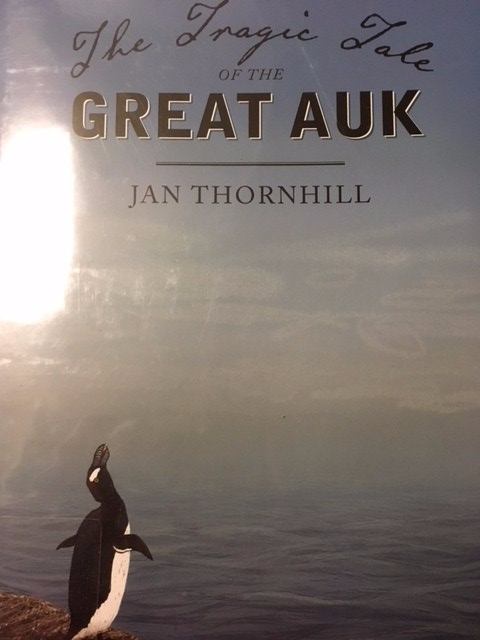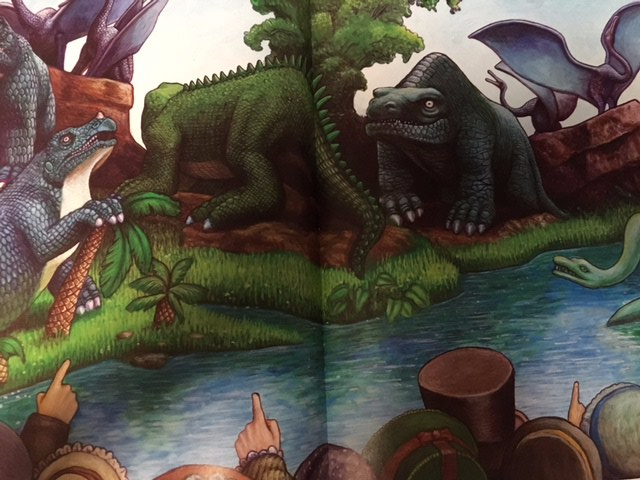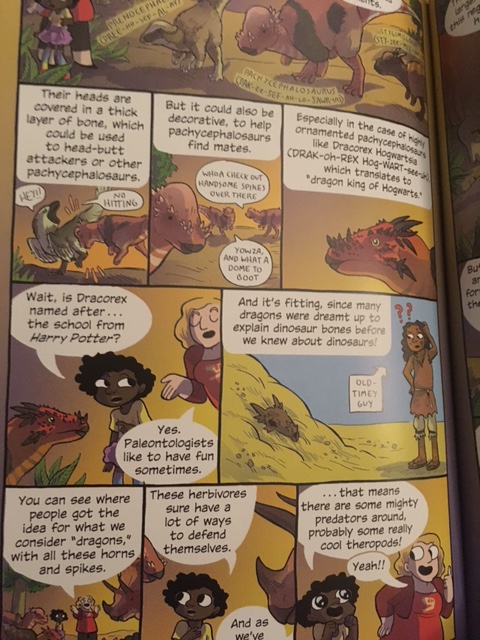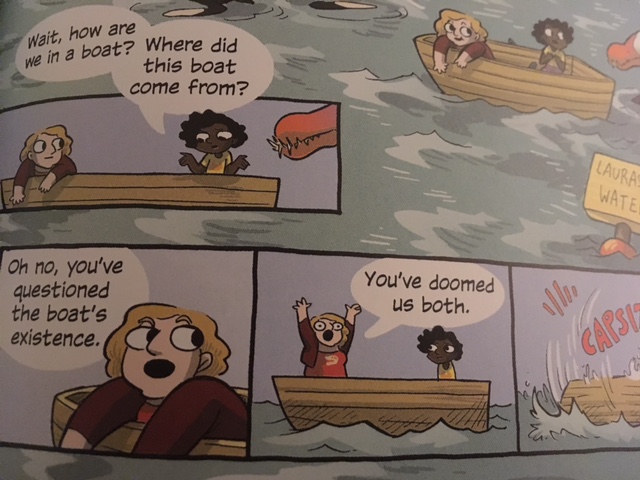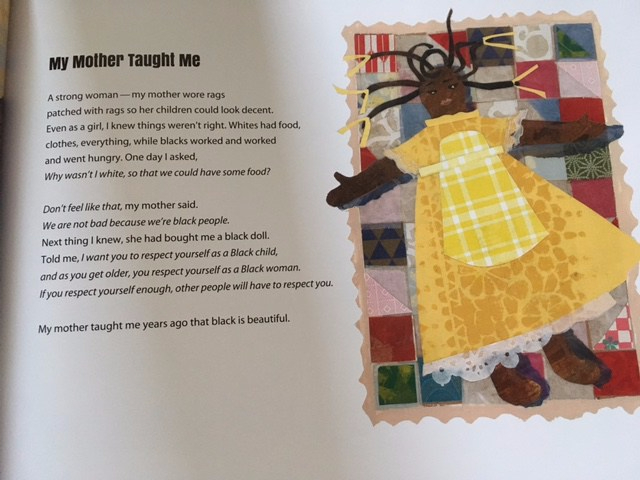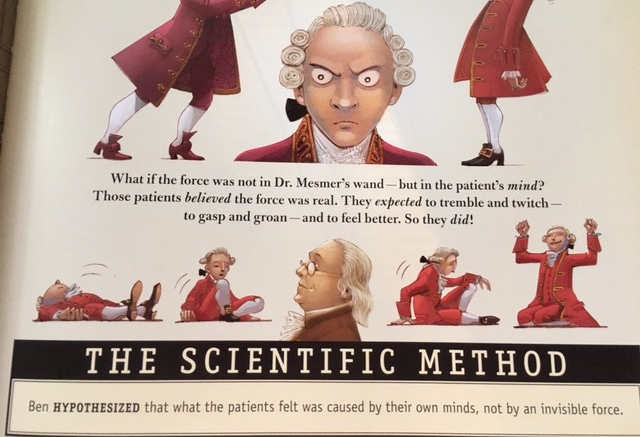Confession time: when I was a kid, I really, really loved the movie Spy Kids.
Aaaaand this is where I lose my readers’ faith in that I can recognize anything of quality. Spy Kids was not … the greatest… film, but it was entertaining, and I think I played “spy” for the next year. What kid doesn’t, at some point!?
So I saw this series, Spy on History, which is a series of biographies on real-life spies, and I immediately wanted to read it. When I saw that this book came with an interactive feature: four elements that help you find clues throughout the book and solve one final mystery, I was super intrigued.

First of all, how a library might deal with the “extra” pieces. And second of all, would this really enhance the book?! Or was it just a gimmick?
I checked out this book from the Indianapolis Public Library, and this is how they dealt with the problem of the extra pieces:

So, circulation knows to check for these pieces inside… (I’m assuming)
They all fit in the little envelope packet at the beginning of the book! The back answer section also was sealed when the book was new (the seal was broken for library use.)

So…. how did this work with the text? Along with describing the ciphers and other codes and ways of passing messages to the Union, the illustrations and margins of the book have their own clues and hidden messages.You don’t have to solve the clues to get the story. It’s just fun… and the instructions on how the codes work are hidden in the text, so these methods are exactly the ones that the Civil War spies, like Mary, really used.

Mary Bowser is a fairly little-known female spy who reported information right off Jefferson Davis’ desk as an undercover agent posing as a maid. She was a free woman, though enslaved as a child. However, her Quaker friend Elizabeth Van Lew that ran the spy ring is fairly more better known than she is. While the story is engaging, written at a fast pace, and there’s lots of intrigue, it reads more like historical fiction than narrative nonfiction. Narrative nonfiction has few quoted conversations and doesn’t really embellish much. This didn’t seem embellished, but as I read, I questioned whether or not there was a source that documented this. I was feeling frustrated until the end of the book… when in the back matter….
it stated that there were very few records that documented Mary’s time in the Confederate White House and other than the basic facts about her life, not many details were known. After the war, she taught for a while, remarried, and then history seems to swallow her up.
Because, you know, Spy School 101: don’t keep a diary that says “And today I read the decoded messages on Jefferson Davis’ desk.”
So, I decided to check the sources: this book cites Temptress, Traitor, Soldier, Spy by Karen Abbott. This book is extremely-well researched and relies heavily on primary sources, so I figured it was a good place to start. Lo and behold, you get the outline sketches of the story. It should be stated that the subject of Abbott’s research is Elizabeth Van Lew, but it is soon apparent that most mentions of Mary Bowser come only from from the artifacts left by Van Lew about Mary’s dealings. What I did find out: all of the people portrayed in this book were real people, and they behaved in realistic ways to what is known about them. The manure cart escape was real. The red shirt in the window code is real. And all of the spy codes used were real, too.
So, while this book is really largely based in truth, maybe it’s more of a “creative nonfiction,” but this isn’t the fault of the author– more a fault of the time, because a really important voice was lost and discredited, and not much record remains. Which is really just sad, because Mary Bowser was a really cool person.
Because I was on my own clue-solving mission, I didn’t get to solve many of the puzzles, but they were fun and challenging, and probably waaaaaaay more fun than just a plain book on ciphers. I don’t know that I would use this book in my classroom as a read-aloud, but it would be really fun activity for reluctant readers or even a small book group to read and try to figure out the code together.
